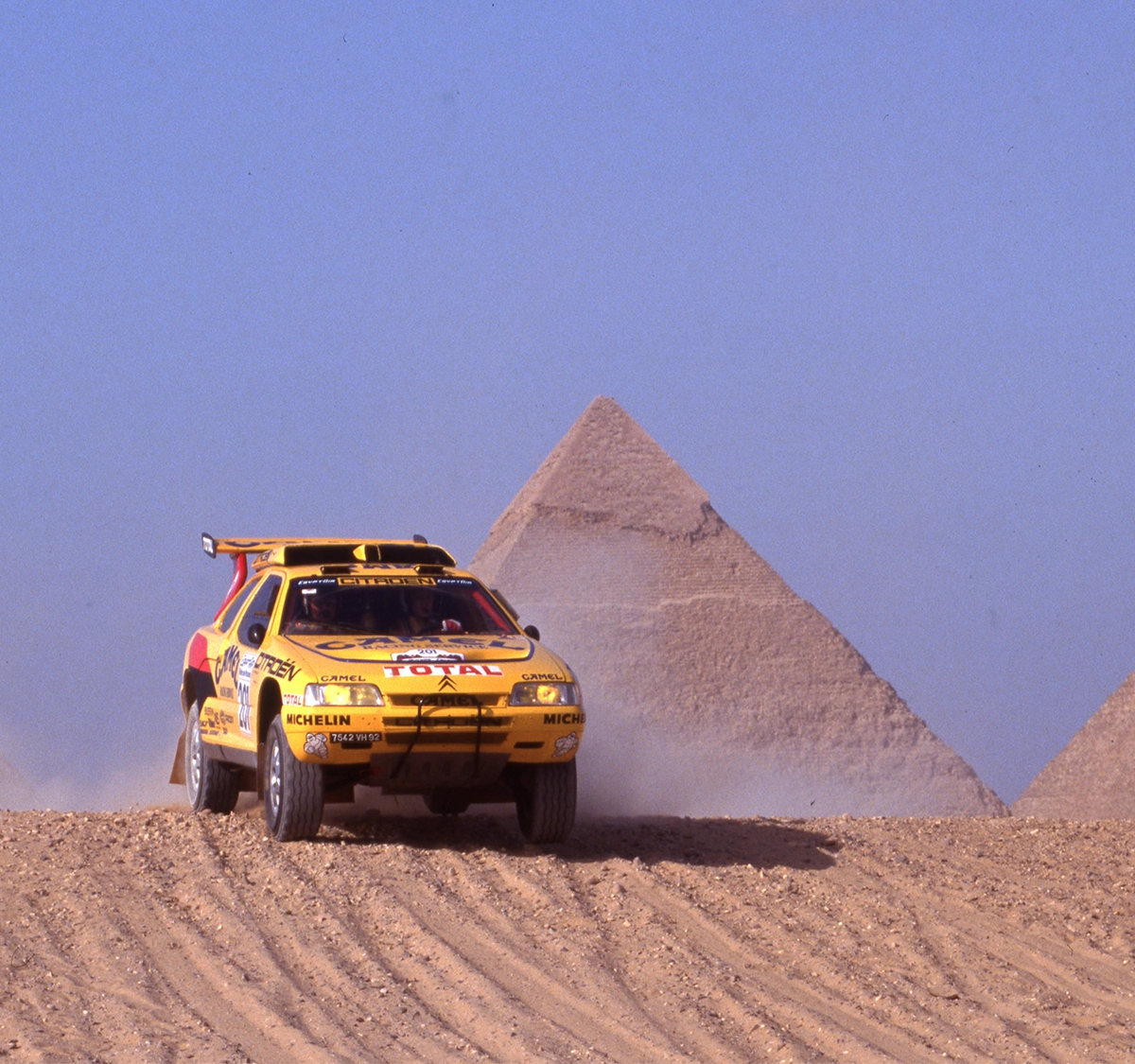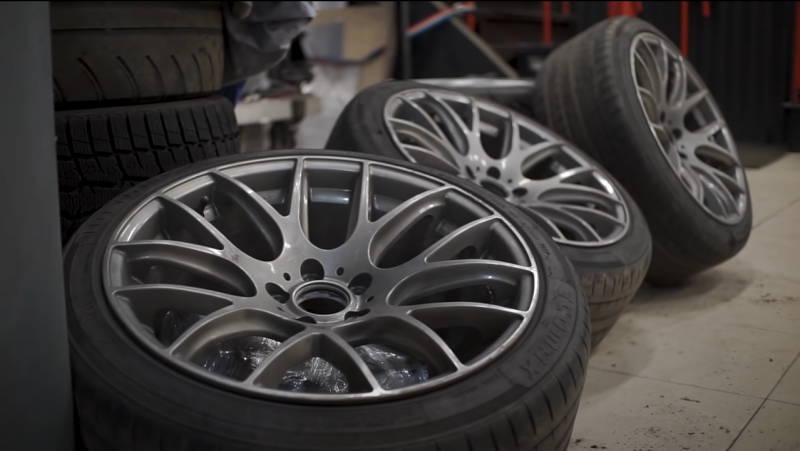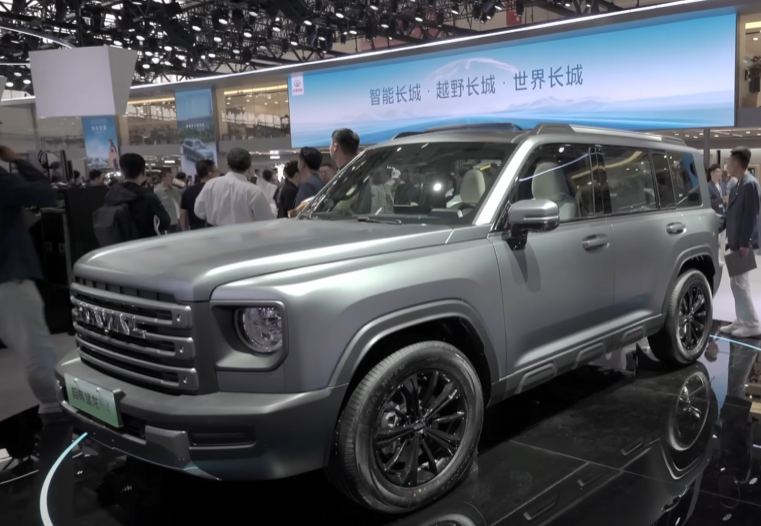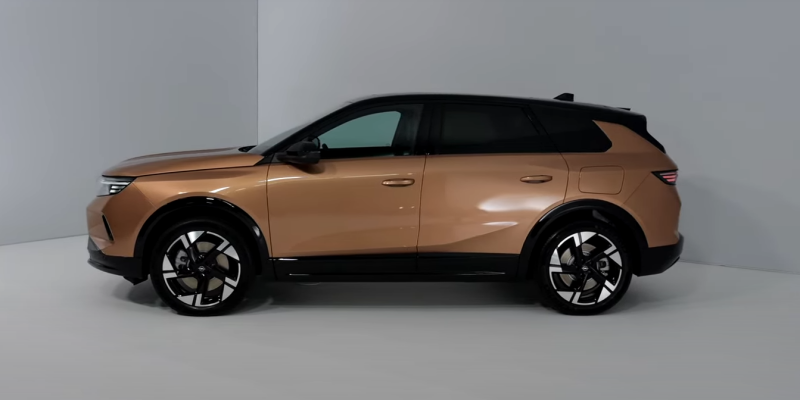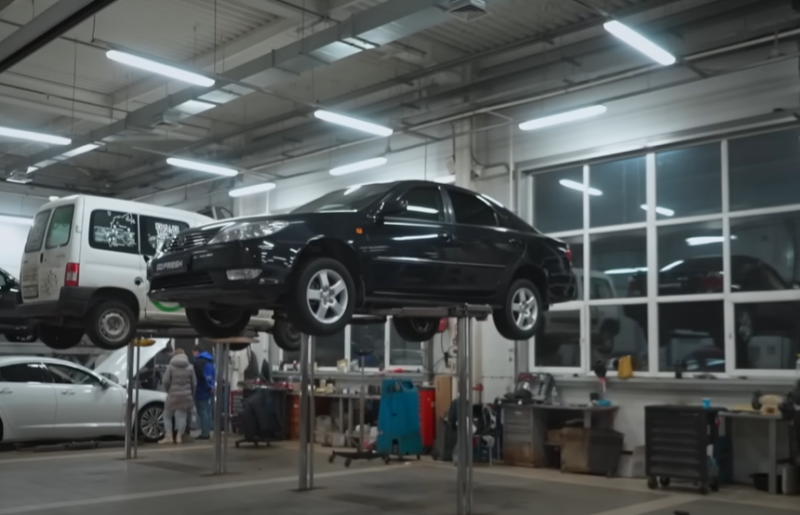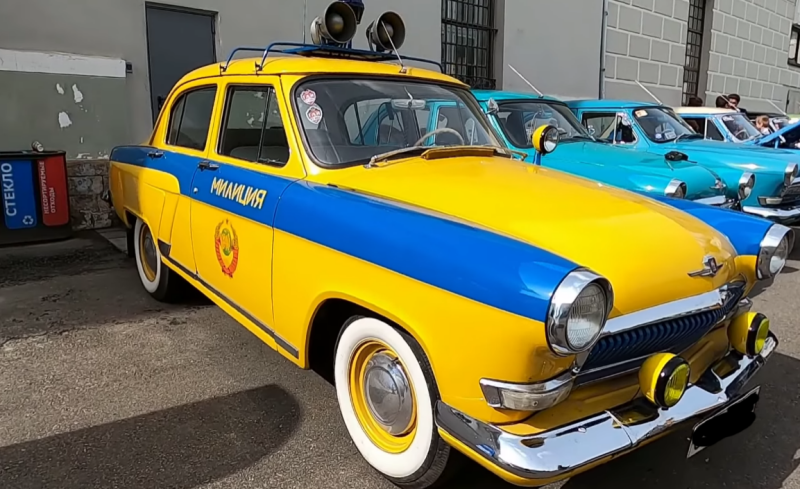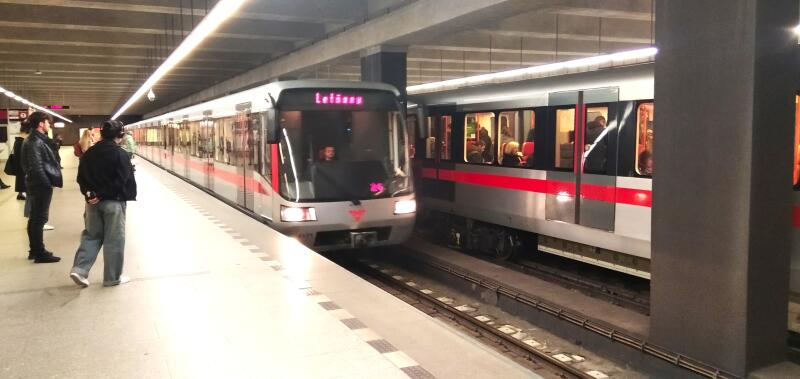It would seem that it is difficult to find another car that is as different from a rally car as the Citroen DS19. But the "goddesses" not only participated, they won races! Including marathons. So only a mysterious accident prevented Lucien Bianchi, who was in the lead 250 kilometers before the finish line with a margin of 11 minutes, from winning the 1968 London-Sydney marathon.
 Citroen DS19 driven by Fantomas. Photo: Youtube.com
Citroen DS19 driven by Fantomas. Photo: Youtube.comOver the years, Citroen DS19s have proven themselves to be hardy and durable cars that are not afraid of broken roads. Racers were happy to drive French cars, but in the mid-seventies the company was hit by a financial crisis, and the French were not up to the rally: Citroen stopped the sports program. True, already in the early eighties, under the wing of Peugeot, the Citroens decided to return.
Project Genesis
This time around, Citroen were going to challenge the Renault 5 with a mid-engined "Group B" car. They were going to take a small Visa hatchback as a basis, but since by that time the company's engineers did not have the necessary experience, the project was outsourced. As a result, the Citroen-Lotus was born. The British prototype was a strange hybrid of the chassis of the Esprit Turbo supercar, with a Visa body “stacked” on it, as well as a British engine and a 5-speed French gearbox! In 1982, Citroen racers conducted tests, after which the program was declared unpromising: the company's engineers considered that it was impossible to fight for victories in the rally championship without all-wheel drive. The success of the Audi Quattro prompted the French to such thoughts.
1000 Pistes Visa
For starters, Citroen built the Visa 1000 Pistes themselves: the brand's first all-wheel drive car built for competition!
 Citroen Visa 1000 Pistes. Photo: Youtube.com
Citroen Visa 1000 Pistes. Photo: Youtube.comOf course, there was no question of any competition with the giants of the rally "Group B", because Citroen had a stunted engine with a capacity of 112 horses under the hood! And then the management of Citroen came up with a "brilliant" idea: to build their own amusement park ... Audi Quattro, based on the BX model!
Citroen BX 4TC
The BX 4TC copied the layout of the Audi Quattro, with a longitudinally mounted front engine. The fact that Audi was having serious understeer problems didn't seem to interest anyone in France. BX 4TC is called the worst car of the "group B", and not without reason: Citroen was not only terribly slow, but also extremely unreliable!
 Citroen BX 4TC. Photo: Youtube.com
Citroen BX 4TC. Photo: Youtube.comOnly once, at Rally Sweden, "La Panic" (Jean-Claude Adrouet) managed to finish, although he lost almost half an hour to the winner - Juha Kankkunen. FISA saved the French marque from disgrace: after the accident of Henry Toivonen, Jean-Marie Balestre outlawed Group B.
Peugeot
In the mid-eighties, Peugeot burst into the rally world like a comet: the 205 T16 was faster than Audi, Lancia, MG and Ford. In 1985-86, the French won two individual and team championships, and only the ban on Group B stopped Peugeot's dominance in classic rallying. It was considered irrational to write off cars that had not exhausted their potential to the museum, so the French decided to try their hand at rally raids. So a modernized version of the Peugeot 205 T16 rally called Grand Raid was born, which later evolved into the 405 T16.
 Peugeot 405 T16 by Ari Vatanen. Photo: Youtube.com
Peugeot 405 T16 by Ari Vatanen. Photo: Youtube.comParis - Dakar of those years, no doubt, a grandiose event, but it took place mainly in Africa! Of course, the big bosses of the company wanted to hang out with the powers that be in the fashionable hotels of secular Europe, in the paddock of Monza and Silverstone, and not in a tent located in the sands of the Sahara desert. So Peugeot had two options for continuing the racing program: Formula 1 or the WSC championship. Peugeot chose sports prototypes, where the French were expected to compete with brands such as Porsche, Jaguar, Mercedes-Benz, Toyota and Nissan. Now the big bosses could communicate with each other, as well as with show business stars and politicians, without leaving France, because the main event of the WSC was held in Le Mans. And the 405 T16 cars were “refaced” in Citroen, replacing the Peugeot body with something that vaguely resembled the new Citroen ZX.
Birth of the "Yellow Devils"
Introduced in 1990, the Citroen ZX Rallye Raid anticipated the production model. Illogical actions, as it turned out, are easily explained from the point of view of marketing: the French did their best to create an image of a fast and reliable car for the ZX. The first trump card was the Citroen ZX Rallye Raid - the winner of the 1991 Paris-Dakar. The second is resource tests, the results of which were published in the Quattroroute magazine. They reported that the Citroen ZX passed 120 kilometers without breakdowns, requiring no maintenance at all! Against this aggressive advertising background, Citroen ZX buyers understood that they were buying, albeit not the most prestigious model of the brand, but at least a very practical and hardy car.
The first version of the Evo-1 was released in July 1990. Outwardly, the car, painted in Camel yellow, vaguely resembled the standard ZX, but with large wheels and a huge wing. The ZX Rally Raid was equipped with a 1.9-liter 16-valve turbocharged engine mounted in front of the rear axle, developing 320 horsepower. Torque was sent to the wheels via a six-speed manual transmission.
 Citroen ZX Rally Raid Evo3. Photo: Youtube.com
Citroen ZX Rally Raid Evo3. Photo: Youtube.com Journalists quickly dubbed these machines the "Yellow Devils", and not so much for speed, but for cunning! Three times Citroen ZX Rallye Raid flashed suddenly and burned to the ground. Later it turns out that the shock absorbers exploded on the cars, the oil from which fell on the hot parts of the turbocharger, which led to fires.
Evolutions of the Citroen ZX Rallye Raid
By the end of 1991, Citroen prepared the Evo-2 for the Paris-Beijing rally. But since the marathon was cancelled, the French decided to use both cars on the Paris-Cape Town, along with three old Evo-1s. The differences between the two variants were wider wheel arches to allow for larger wheels and wider track. The Citroen ZX Rallye Raid Evo-2s were still painted Camel Yellow, had the same engines, and had "self-ignition" problems. In the Rally of the Pharaohs, the exploding "Yellow Devil" nevertheless took its victim: the navigator of Jacky Ickx, Christian Tarin.
In 1992, Citroen Sport released the Evo-3, with an even more aggressive body style. In 1993, the cars "changed their color": due to the ban on tobacco advertising in France, the ZX Rallye Raid was repainted in red - the official color of Citroen. The machines, by inertia, were called "Red Devils", although spontaneous combustion was defeated. But the color change brought defeat: the winner of the Dakar '93 was Bruno Sabi, who competed in a Mitsubishi Pajero.
 The "Red Devil" Evo-5 looked more like a buggy than the original ZX. Photo: Youtube.com
The "Red Devil" Evo-5 looked more like a buggy than the original ZX. Photo: Youtube.comZX Rallye Raid Evo-4 appeared in 1994. The front part was once again changed, following the "restyling" carried out for the road car. The following year, Citroen released the ZX Rallye Raid Evo-5, the largest of its kind in the series. The wide body easily accommodated spare wheels, fuel and spare parts. And Citroen also used a new engine: a 16-valve, 2.5-liter turbocharged engine developing over 390 horses. In 1996, Citroen competed in Dakar for the last time with this car.
Victory in the Dakar
Citroen's debut at the Dakar took place in 1991, a year after the triumph of the Peugeot 405 T16. ZX Rallye Raid started in five rally raids and won four of them.
✅ 1991: Vatanen and Berglund
✅ 1994: Lartigue and Peren
✅ 1995: Lartigue and Peren
✅ 1996: Lartigue and Peren
In 1992, instead of the Dakar, they held a Paris-Cape Town marathon, Hubert Auriol won, on a Mitsubishi Pajero
After the last triumph, Citroen left the Sahara: since 1997, factory prototypes of the T3 category have been banned.
When it comes to Citroën and motorsport, everyone remembers Sebastian Loeb's WRC dominance, with the Xsara and C4, forgetting the former greatness of the ZX. Although the standard car was "one of the many" hatchbacks of the nineties, the Rallye Raid has become one of the most dominant race cars, and its place is on a par with the Williams FW14B, Lancia Delta and Porsche 962! But the main merit of the ZX Rallye Raid is not its numerous victories, but the fact that it paved the way from the disaster of the BX 4TC to the triumph of the Xsara in the WRC, which makes it the most important Citroen race car.
